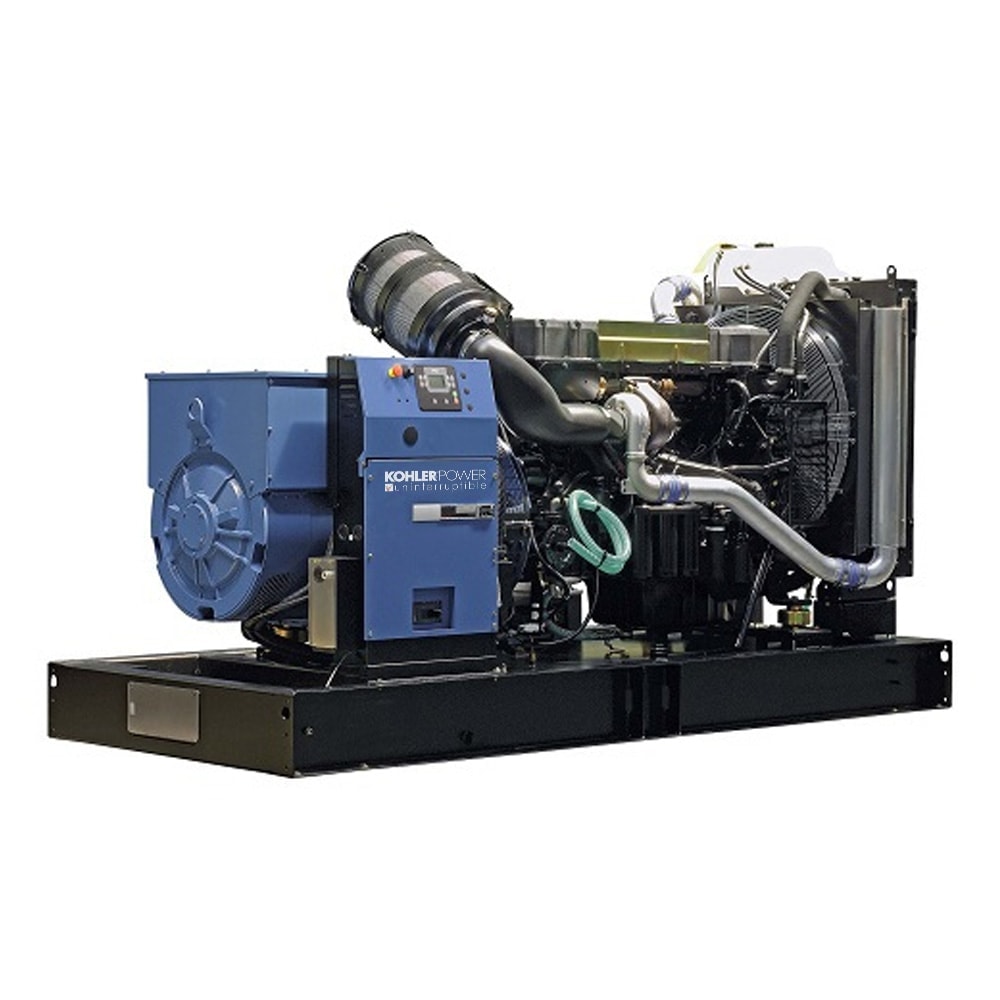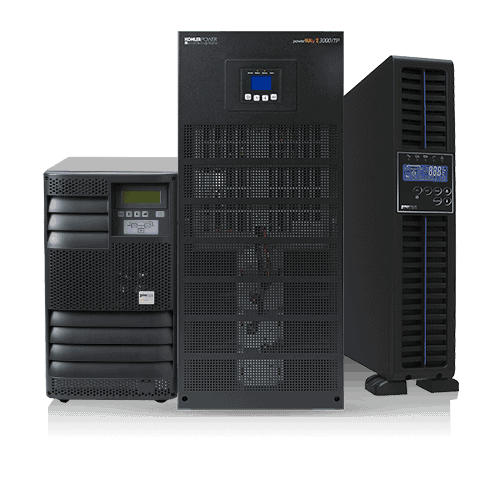During normal mains availability, online uninterruptible power supplies protect their critical load from transients, noise and any other anomalies imposed onto the data centre’s power network from upstream. Additionally, the UPS battery autonomy will see the load through short term blackouts of typically a few minutes. However, irrespective of the UPS battery autonomy provided, there’s always the possibility of a blackout that outlasts it. Accordingly, the only sure way to avoid an unscheduled system shutdown or even crash is to back the uninterruptible power supply up with a standby generator that has automatic mains failure (AMF) detection.
With AMF, backup generators can use the UPS battery autonomy to start up, stabilise and feed the uninterruptible power supply. Assuming the standby generator has been correctly sized for the application, the UPS will accept the backup generator system as a ‘mains replacement’ and start to recharge the battery while continuing to supply power to the critical load for the duration of the interruption. It can also power the air conditioning to avoid the UPS power system and load overheating.
Standby generators comprise some type of engine – usually diesel for both base load and standby applications – and an alternator that converts the engine’s mechanical power into electrical power. The engine must be well maintained, with an adequate supply of fuel, coolant and oil, and have a healthy battery on trickle charge for reliable starting. Mains-powered engine water heaters are used to keep the backup generator warm and ready to start.
Alternators produce either a single- or three-phase voltage, whose value is determined by how the alternator is wound. The voltage’s amplitude and stability are controlled by an Automatic Voltage Regulator (AVR). Its frequency – typically 50 Hz in the UK – is set by the engine speed, which is controlled by a mechanical or electronic governor. Although mechanical types are lower cost, electronic governors, which work by counting teeth on the rotating alternator flywheel, are far more responsive and provide very stable engine speed regulation. Accordingly, a UPS generator almost always uses electronic governing.
This matters, because an uninterruptible power supplies generator’s frequency range can potentially be beyond the uninterruptible power supplies frequency tolerance. The UPS power supply may not succeed in synchronising, either because the generator frequency is outside limits or because it is changing too fast. This situation can be avoided by ensuring that the standby generator is designed specifically for uninterruptible power supply applications, and is fully tested during UPS commissioning.
With these provisos, on-line UPS power systems can accommodate most generator frequency variations, while a properly-sized backup generator system will absorb most load variations.
While the AMF panel informs the UPS generator of a mains power failure so that it can start automatically, the operation is usually delayed until typically two to 10 seconds after an initial failure to avoid repeated and spurious generator starting. Similarly, to avoid a premature shutdown of the backup generator system when the blackout ends, it is usually kept running for at least two minutes after the mains power supply is restored.
KUP offers generators either as standalone products or as part of an integrated generator/UPS standby power solution. Reliable, low-cost and durable configurations are available, with ratings from single-phase 5kVA to three-phase 830kVA. Each backup generator system has a choice of automated changeover panels, and of control panels, from entry-level types to sophisticated interfaces that allow operation of the entire standby generator.
Servicing is particularly important for UPS generators, as they are usually inoperative for long periods, yet must start up reliably in an emergency. KUP’s service plans cover all on-site inspection and maintenance activities and include all key components: engine, alternator, control system, fuel, exhaust, cooling and air handling systems.
For more detailed advice on specifying and installing UPS generators, including neutral switching, sizing, power rating, step loading, and environmental and physical considerations, consult the UPS Handbook, available from the KUP website or by request from your sales contact.
If you have any questions about our UPS power systems or services please get in touch with KOHLER Uninterruptible Power via our contact page or call us on 0800 731 3269.





